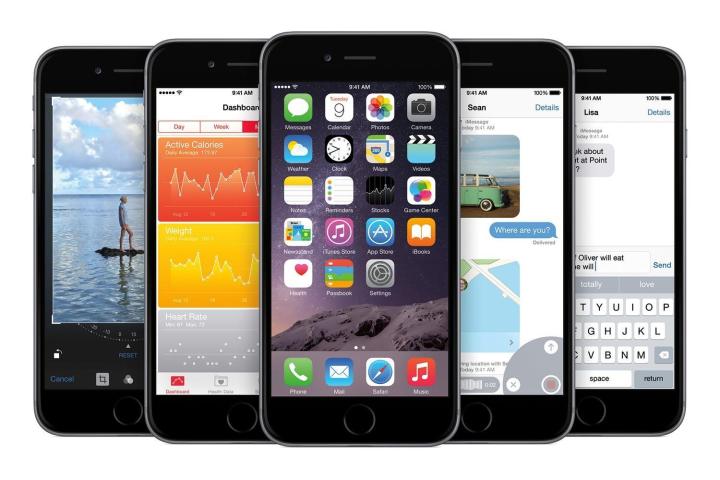
According to the company’s data, iOS 8 accounted for 20 percent of all online video traffic in the U.S. on September 17, after it was officially released. Apple’s latest software hogged even more Web traffic than video services such as Amazon, Twitch, and YouTube. Only Netflix topped the iOS update in terms of traffic. The report also found that the iOS update generated 50 percent higher network traffic than normal around 4 p.m. PST in the United States.
In France, iOS 8 ranked as the number 1 source of traffic, with 24 percent. YouTube came in a close second. Meanwhile, in Taiwan, the software update came in third place, after YouTube and DailyMotion.
Of course, the large amount of traffic could have been caused by the sheer size of the iOS 8 update. At 1.3GB, iOS 8 is the biggest iOS update ever in Apple’s history. In comparison to iOS 7, which was a whopping 750MB, iOS 8 is huge. Many users also reported that up to 5GB of storage was required to install the over the air (OTA) update, which could account for the high numbers. Conversely, the size of the OTA update may have deterred a good number of potential iOS 8 users from downloading the new software.
Regardless, if history is any indication, iOS 8 adoption will likely be swift and is sure to be even more rapid once the iPhone 6 and iPhone 6 Plus go on sale on Friday September 19.
Editors' Recommendations
- When will Apple release iOS 18? Here’s what we know
- I found 16 new widgets for iOS 17 that you have to try
- Apple just released iOS 17.4. Here’s how it’s going to change your iPhone
- 17 hidden iOS 17 features that you need to know about
- iOS 17 is official, and it’s going to totally change your iPhone


